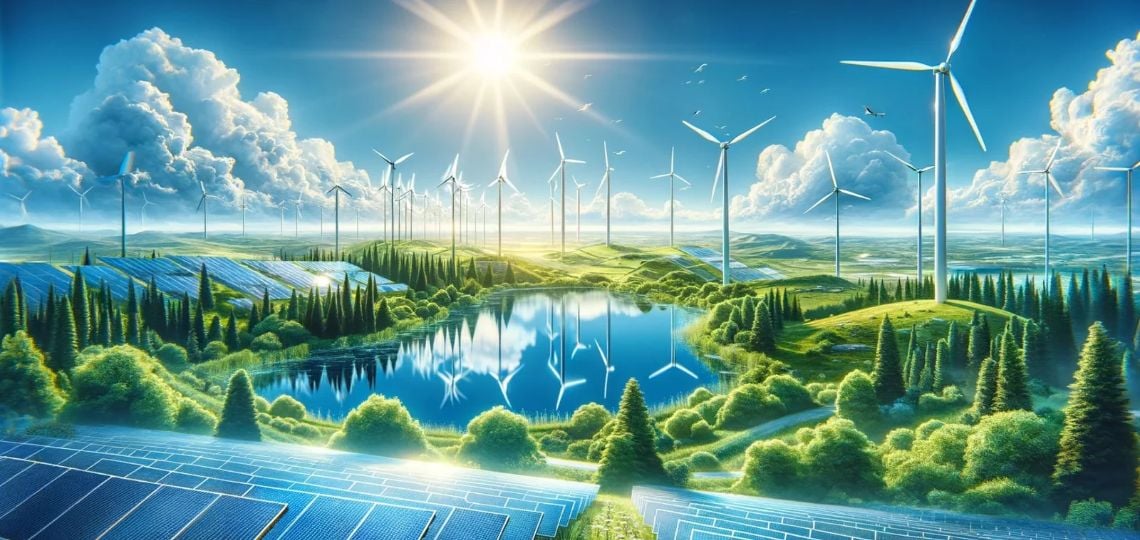Global demand for clean energy technologies expected to triple by 2035, according to the IEA
October 31, 2024

Global demand for clean energy technologies is expected to grow exponentially over the coming decades. According to a report from the International Energy Agency (IEA), published on October 30, the market for clean energy technologies, including solar photovoltaic, wind turbines, electric vehicles, batteries, electrolyzers, and heat pumps, could reach a value of $2 trillion by 2035, up from $700 billion in 2023.
The report, titled Energy Technology Perspectives 2024 (ETP-2024), focuses on the six most widely produced clean energy technologies and highlights their growing importance in the global energy transition. As many countries seek to play a leading role in this transition, energy, industry, and trade are becoming increasingly interconnected, stated Fatih Birol, Executive Director of the IEA.
Investment concentration by region
The majority of investments in clean energy technologies is concentrated in specific regions, with China, the European Union (EU), the United States, and India at the forefront. Together, these countries and regions dominate the production and export of clean technologies. In contrast, countries in Southeast Asia, Latin America, and Africa account for less than 5% of the value generated from the production of these technologies.
Production capacity and utilization rates
In terms of solar production, the increase in capacity in China has enabled the acceleration of installations, although utilization rates for solar component production facilities remain relatively low, estimated at around 55% in 2023, according to the IEA. Other technologies, such as electric vehicles (EVs) and batteries, have experienced more measured growth. In 2023, battery production capacity, mostly for EVs, doubled from 2021 levels, reaching over 2.5 TWh. However, the global utilization rate of these cell production facilities remains below 35%.
Development of wind and other technologies
In the wind sector, production capacity has also expanded, although costs have increased. In 2023, wind capacity installations doubled, reaching 30 GW. Global production capacity for wind turbine nacelles climbed to 180 GW, while global wind installations amount to 115 GW.
Electrolyzers and heat pumps, although less mature, are also attracting growing interest. Heat pump manufacturing projects are expected to increase global capacity by about one-third to 185 GW by 2030, with a strong concentration in Europe. However, the IEA warns of uncertainties regarding demand and cost inflation that could slow this expansion.
Impact on trade of clean technologies
The report highlights the implications of this growth on international trade. China is expected to remain the leading source of clean energy technology production and exports. China’s clean technology exports could reach $340 billion by 2035, a value close to the combined oil export revenues expected for Saudi Arabia and the United Arab Emirates this year.
In this context, Fatih Birol calls on governments to adopt policies that promote competitiveness, innovation, and cost reduction while advancing toward global energy and climate goals. The IEA also highlights the importance of maintaining supply diversification to strengthen the sector’s resilience and avoid excessive reliance on certain producers.
Search
RECENT PRESS RELEASES
Related Post



